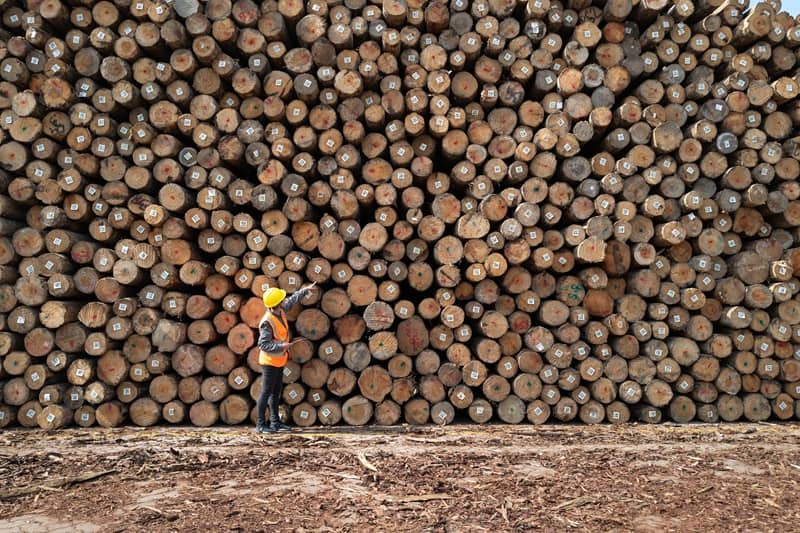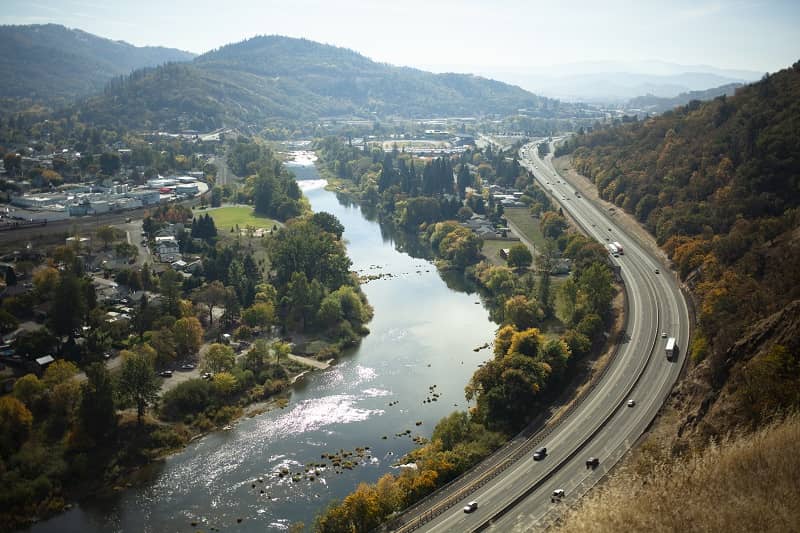

The Oregon State Board of Forestry recently reviewed and revised the 2001 management plans for the Tillamook and Clatsop State Forest. Part of the Northwest Forest Management Plan, these plans call for the use of “adaptive management”: a systematic, rigorous approach for learning from actions taken, improving management and accommodating change. “Adaptive management” has been an environmental mantra for more than two decades. But when it is used to an end that isn’t to environmental activists’ liking, they consider it corrupt decision-making.
The decision by the Board on June 3, 2009 created an outcry from the environmental community. At the July 31 Board of Forestry meeting, the Sierra Club and other environmental organizations officially presented a petition for reconsideration of the decision by the Board. The petition stated that the Board neglected their mandate to manage state forestland to achieve the greatest permanent value for the State of Oregon. But even the Sierra Club touts the importance of adaptive management being built into a planning process, which was the process used by the Board to make the changes to the 2001 management plan.
The forest plan calls for the Board to refine and update information on an ongoing basis to assess if it is achieving the desired goals of balancing the social, environmental and economic needs of the communities. The decision to adjust the forest stand structure, which creates a patchwork of forest ages to emulate the historic structure of the forest, was a wise one. Recognizing the need to adjust for lower than expected revenue returns, the Board modified the forest structure formula from a range of 40 to 60% of older more complex forests to a range of 30 to 50% of complex forests. This action resulted in the potential of 20% more forestland being used for timber production; but it will still allow a balance between the goals, while attaining the greatest permanent value, as the Board is directed to do. This does not automatically equate to more harvest, nor does it mean a reduction of habitat for critical species.
The impacts of the changes to the management plan are still very speculative, but the biggest concern seems to be the potential increase in timber harvest. However, increased timber harvests don’t automatically equate to environmental devastation. In fact, Patrick Moore, a founding member of Greenpeace, said: “…[I]n some landscapes forest management results in a wider range of age classes and ecosystem types than would normally occur in the absence of human activity.” Under the new parameters of the plan, any timber harvest activities still will have to consider habitat impacts and follow all forest practices rules.
This plan should not get hung up in legal maneuvers by the environmental community. We should be applauding the Board for actually using adaptive management to recognize the need to review the plan earlier than the mandated ten-year review in 2011. It isn’t often that a government agency actually completes a review ahead of time. The State Board of Forestry should not reconsider their decision. Instead, they should continuously monitor the cautious implementation of the newly amended management plan.











